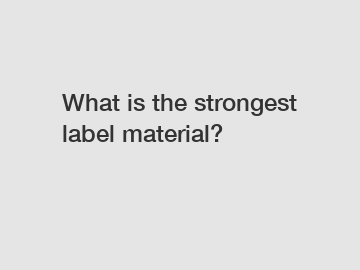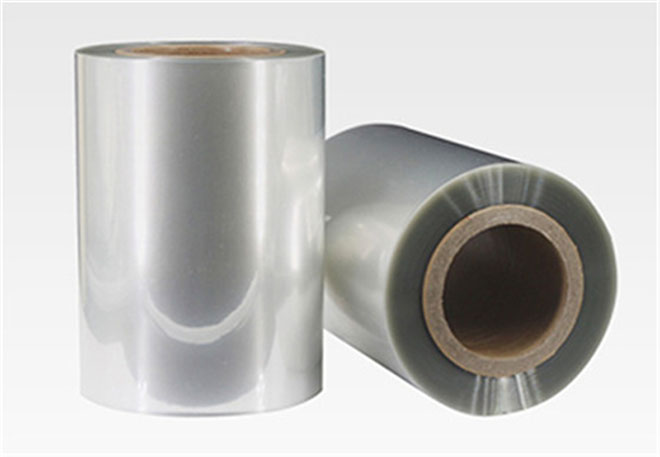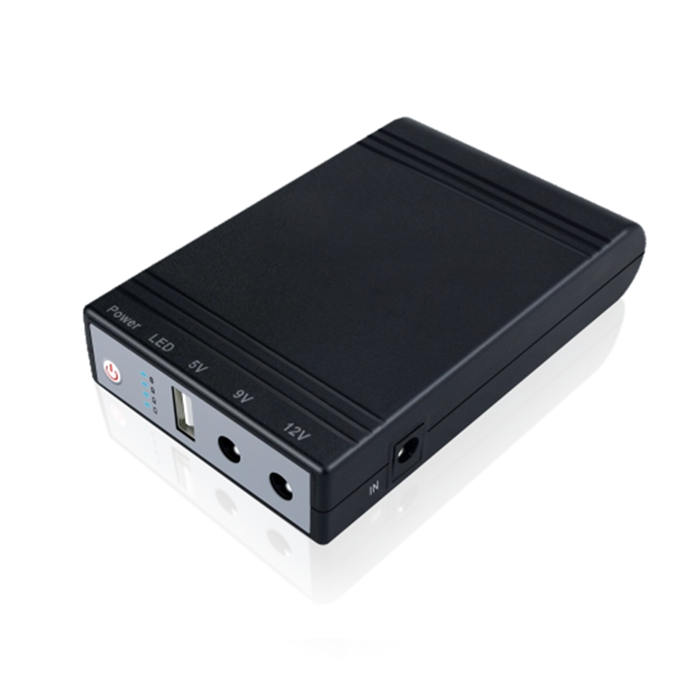Sublimation Paper vs. Transfer Paper: Understanding the Differences
In the realm of printing and image transfer, sublimation paper and transfer paper are two distinct tools, each with its own unique characteristics and applications. While they both play a role in transferring images onto various surfaces, they differ in terms of the printing process, materials used, and the outcomes they deliver. In this comprehensive guide, we will delve into the differences between sublimation paper and transfer paper, shedding light on their individual roles and functionalities.

Sublimation Paper: Unveiling Its Unique Features
Sublimation paper, also known as dye sublimation paper, is specifically designed for the dye sublimation printing process. This process involves transferring dye from a solid state directly into a gas state without passing through the liquid phase. Sublimation paper is coated with a special layer that absorbs the dye when heated, allowing it to release the dye vapor onto the final substrate under controlled conditions. The dye then becomes a permanent part of the material's fibers, resulting in vibrant and long-lasting prints.
Sublimation paper offers several benefits, including:
Vibrant and long-lasting prints.
High-quality reproduction of intricate details and gradients.
Versatility in printing on various substrates such as fabrics, ceramics, and metals.
Minimal residue after the transfer process.
Additional resources:What are the advantages of using glass liquor bottles for preserving the quality and taste of beverages?
LPG Cylinder Safety Measures: Handling, Storage, and Transportation Guidelines
what is cell culture
Safety instructions for LPG Gas Cylinder
The Difference Between Natural Casing and Artificial Casing
What Makes Perfume Bottles So Captivating?
Exploring the World of Wholesale Passport Holders: A Comprehensive Guide
Cost-effectiveness for small to medium-sized batches of customized items.
Transfer Paper: A Different Approach to Image Transfer
Transfer paper, on the other hand, is a broad term that refers to various types of paper used to transfer images onto different surfaces through different methods. Unlike sublimation paper, transfer paper does not involve the conversion of dye into a gas. Instead, transfer paper relies on heat and pressure to transfer an image from the paper onto the substrate.
There are different types of transfer paper, each with its own unique characteristics:
Inkjet Transfer Paper: This type of transfer paper is used with inkjet printers and involves printing the image onto the paper using special ink. When heat is applied, the ink adheres to the substrate's surface.
Laser Transfer Paper: Laser transfer paper is designed for laser printers. The image is printed using toner, and the heat helps the toner bond to the substrate.
Heat Transfer Vinyl (HTV): HTV is a type of transfer paper used in the creation of custom apparel. A vinyl sheet with the desired image or design is cut using a computer-controlled cutter and then heat-pressed onto the fabric.
In conclusion, while both sublimation paper and transfer paper play a role in image transfer, they operate through different mechanisms and are used for distinct purposes. Sticky sublimation paper excels in producing vibrant and lasting prints through the sublimation process, while transfer paper encompasses various methods that involve heat-pressing ink or toner onto substrates. Understanding the differences between these two tools empowers you to choose the right method for your specific printing needs.
Additional resources:Things to Consider When Choosing a PE Protective Film
Is resin Biodegradable and is it better than plastic?
What is a Jute Bag?
What is the best packaging for cannabis?
What flask is used for cell culture?
Is PVDC/PVC Pharmaceutical Packaging Film Sustainable?
How do you use borosilicate glass?
Related Articles
-
148
0
0









Comments